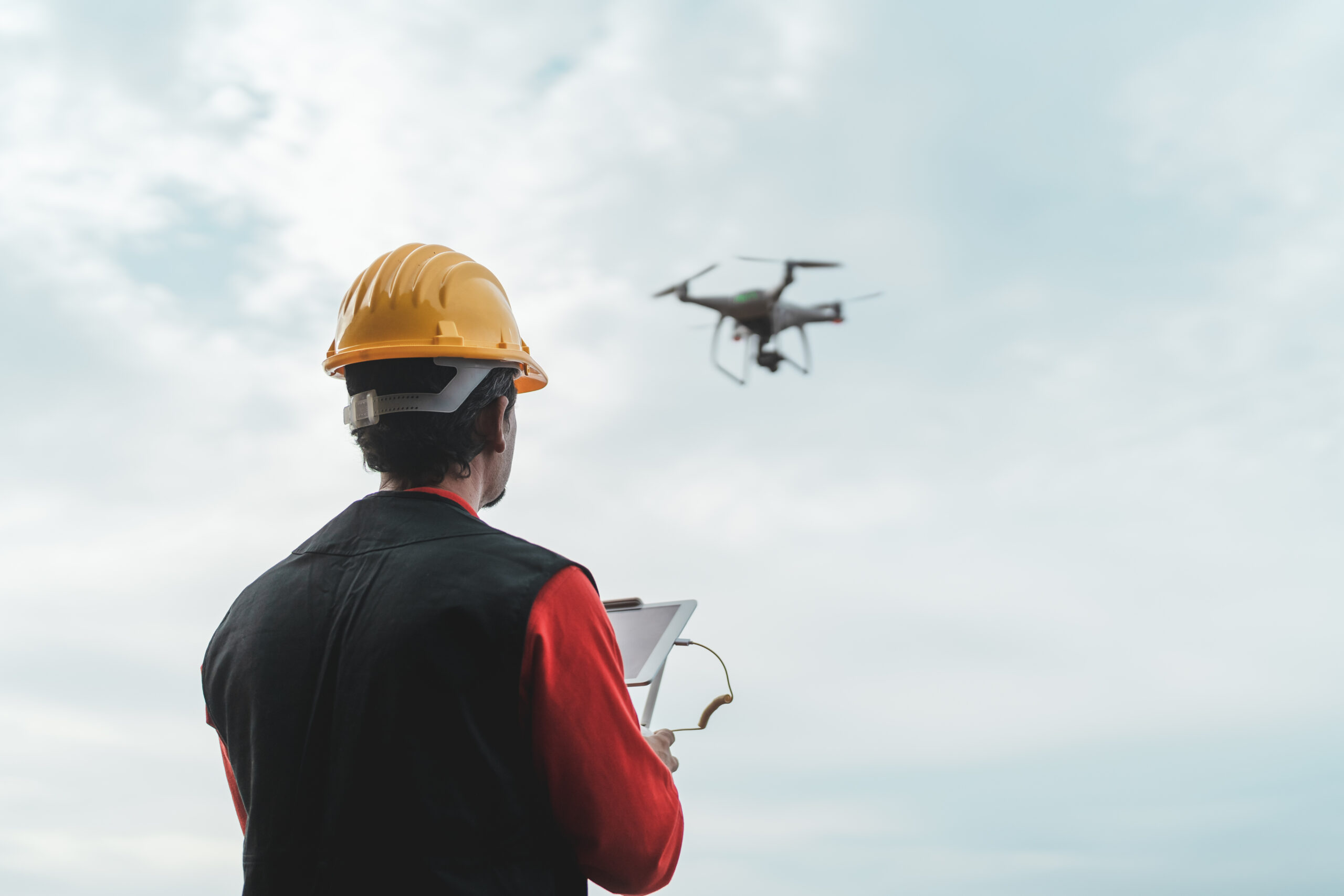Enhancing Project Management with Aerial Videography: Two Compelling Reasons

In the world of project management, staying ahead of the competition and ensuring a project's success demands innovative tools and techniques. One such innovation that has rapidly gained popularity in recent years is aerial videography. By utilizing drones and advanced camera technology, project managers can now capture high-quality, bird's-eye-view footage of their construction sites and other project locations. In this article, we will explore two compelling reasons why aerial videography is an indispensable tool for project management.
Improved Site Inspection and Monitoring
Effective project management hinges on the ability to assess and monitor construction sites with precision and regularity. Traditional site inspection methods often fall short, as they are time-consuming, expensive, and can be fraught with inaccuracies. This is where aerial videography comes into play, offering numerous advantages that greatly enhance the efficiency and effectiveness of project management.
a. Comprehensive Visual Documentation
Aerial videography provides an unparalleled perspective that can significantly improve the quality and comprehensiveness of site documentation. Drones equipped with high-resolution cameras capture detailed images and video footage, enabling project managers to create a visual record of the entire project lifecycle. This documentation proves invaluable for various purposes, such as:
i. Progress Reporting: Aerial videography allows for the creation of time-lapse videos, providing a clear visual representation of the project's development over time. This can be shared with stakeholders, enabling them to track progress more effectively and make informed decisions.
ii. Issue Identification: By regularly surveying the site from the air, project managers can quickly identify issues or discrepancies, even in hard-to-reach areas. This proactive approach ensures that problems are addressed promptly, minimizing costly delays and rework.
iii. Compliance and Safety: Aerial videography can aid in monitoring compliance with safety regulations, ensuring that the project adheres to the necessary standards. It also assists in identifying potential safety hazards and addressing them before accidents occur.
iv. Legal Documentation: In the unfortunate event of disputes, accidents, or legal matters, having a comprehensive visual record of the project site can serve as crucial evidence. This can be vital for resolving disputes and protecting the interests of the project stakeholders.
b. Real-time Insights
Aerial videography is not limited to capturing static images; it offers real-time monitoring capabilities that keep project managers informed about site conditions as they evolve. This is particularly valuable for large, complex projects with constantly changing environments. Here's how real-time insights benefit project management:
i. Decision-Making: Project managers can make well-informed decisions based on up-to-date information. For example, if adverse weather conditions are detected, they can quickly reschedule work to prevent costly delays.
ii. Resource Allocation: By monitoring the movement of personnel and equipment in real time, project managers can optimize resource allocation, ensuring that resources are used efficiently and productivity is maximized.
iii. Quality Control: Real-time aerial videography can help project managers identify quality issues as they arise. This allows for immediate corrective action, minimizing rework and ensuring that the project meets quality standards.
iv. Stakeholder Engagement: Project stakeholders, including clients, investors, and regulatory authorities, appreciate real-time access to site information. Aerial videography enables project managers to keep stakeholders engaged and informed, fostering transparency and trust.
Enhanced Communication and Collaboration
Effective communication and collaboration are the cornerstones of successful project management. Aerial videography plays a pivotal role in improving these aspects by breaking down barriers and facilitating clear, efficient interaction among project teams, stakeholders, and external partners.
a. Visualization and Clarity
Aerial videography brings a new level of visualization to project management. Instead of relying on textual reports or static images, project managers can share dynamic, immersive footage of the project site. This enhanced visualization offers several benefits:
i. Clear Communication: Videos and images provide a more intuitive and understandable way to convey complex site conditions and progress. This helps in ensuring that all team members and stakeholders have a consistent understanding of the project's status.
ii. Virtual Site Visits: Aerial videography allows stakeholders to virtually visit the site from anywhere in the world. This is especially valuable for remote or international clients who may not have the opportunity to visit the site in person.
iii. Design Validation: Aerial footage can be overlaid with project designs and plans, enabling project teams to compare the as-built conditions with the original design. This aids in design validation and ensures that the project is on track.
b. Collaboration and Remote Management
Aerial videography is a game-changer for remote project management and collaboration. It enables project managers to coordinate and collaborate effectively with teams and stakeholders, regardless of geographical distances. Here's how it fosters enhanced collaboration:
i. Remote Inspections: Project managers can conduct virtual site inspections and share their findings in real time with team members and stakeholders. This eliminates the need for extensive travel, saving time and costs.
ii. Multi-disciplinary Collaboration: Aerial videography benefits multidisciplinary project teams by providing a common platform for engineers, architects, contractors, and other stakeholders to collaborate seamlessly.
iii. Stakeholder Involvement: Clients and investors can actively participate in the project's progress without being physically present. They can provide feedback and make decisions based on their virtual site visits.
iv. Data Sharing: Aerial videography facilitates the sharing of data and insights among various project stakeholders, fostering better coordination and problem-solving.
Aerial videography is undeniably a transformative technology for project management. Its ability to improve site inspection and monitoring, enhance communication and collaboration, and provide a holistic perspective on construction sites makes it an invaluable tool for modern project managers. By harnessing the power of drones and advanced camera technology, project managers can not only streamline their processes but also deliver projects more efficiently and with greater transparency. As the construction industry continues to evolve, those who embrace aerial videography will gain a competitive edge, setting a new standard for project management excellence.
El Paso, Texas
In the world of project management, staying ahead of the competition and ensuring a project's success demands innovative tools and techniques. One such innovation that has rapidly gained popularity in recent years is aerial videography. By utilizing drones and advanced camera technology, project managers can now capture high-quality, bird's-eye-view footage of their construction sites and other…
Recent Posts
- Clutch ‘N Tote Launches New Sustainable Fashion Brand This August 2024
- Fort Worth’s Premier Probate Legal Services Set a New Standard in Estate Management
- The Woodlands Pool Company: Transforming Backyard Dreams into Reality
- Your Trusted Source for Goldendoodle Puppies
- Your Trusted Source for Goldendoodle Puppies
